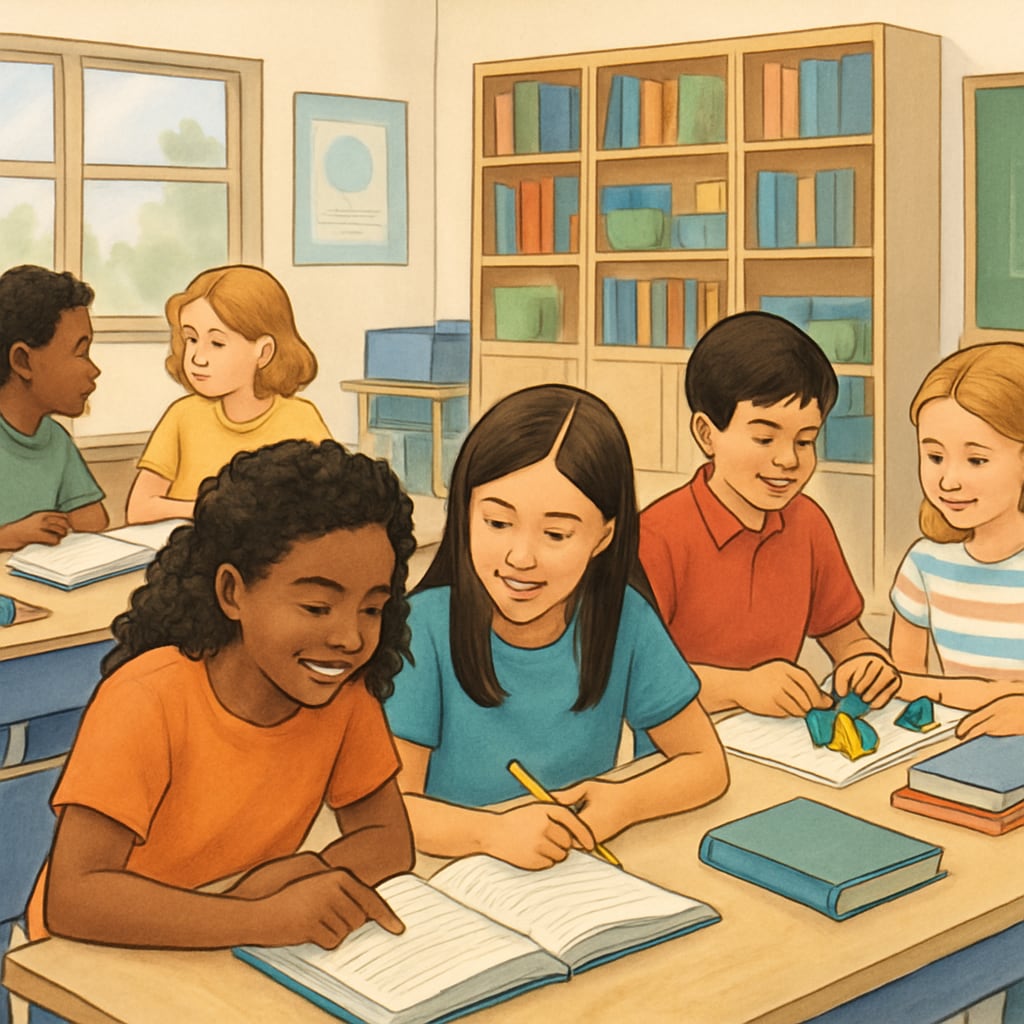The debate over school calendars has long centered around the impact of summer vacation on student learning. Critics argue that the traditional academic year, punctuated by an extended summer break, contributes to significant learning loss. On the other hand, year-round schooling, an alternative model, claims to improve knowledge retention and overall educational outcomes. This article examines the implications of year-round schooling, learning retention, and the effects of summer breaks on students. We also discuss how educators and policymakers can strike the right balance between continuous learning and sufficient rest for students.
The Learning Loss Problem: Is Summer Break to Blame?
Summer vacation has been a cherished tradition for students worldwide, but it is not without criticism. Research indicates that the long break often leads to “summer learning loss,” where students forget a portion of what they learned during the previous school year. According to a report published by the National Summer Learning Association, students may lose up to two months of mathematical skills during the summer. Low-income students are disproportionately affected, as they may lack access to enriching activities or resources during the break.
However, proponents of the summer break argue that it provides essential downtime for students and teachers alike. They claim that this period fosters creativity, family bonding, and social development, which are equally important to a student’s overall growth. But how can schools mitigate the negative academic effects without sacrificing these benefits?

Year-Round Schooling: A Potential Solution
Year-round schooling offers a restructured academic calendar that distributes breaks more evenly throughout the year. Instead of a long summer break, students have shorter, more frequent vacations, such as three-week breaks after every nine weeks of instruction. This schedule is designed to prevent prolonged interruptions in learning while still providing opportunities for rest and rejuvenation.
The benefits of year-round schooling include:
- Improved retention: With shorter breaks, students are less likely to forget recently learned material.
- Reduced stress: Frequent breaks allow students and teachers to recharge, potentially reducing burnout.
- Flexible scheduling: Families can plan vacations during off-peak times, saving money and avoiding overcrowded destinations.
Studies, such as those cited by Britannica, suggest that year-round schooling can lead to modest improvements in academic performance, particularly in subjects like mathematics and reading. However, its success often depends on effective implementation, community support, and addressing logistical challenges such as transportation and childcare during unconventional breaks.

Balancing Continuity and Rest in Education
While year-round schooling has its merits, it is not a one-size-fits-all solution. The ideal school calendar should consider the specific needs of students, teachers, and communities. For example:
- Rural areas with agricultural traditions may find the traditional calendar more suitable.
- Schools with limited funding may struggle to implement the infrastructure needed for year-round operation.
- Parents’ work schedules and childcare options must be factored into any proposed changes.
Some hybrid models have been proposed, such as extended school years with optional summer enrichment programs. These programs can help students who are at risk of falling behind while still allowing others to enjoy a traditional break. Additionally, integrating technology and online learning platforms can offer students opportunities to stay engaged with their studies during vacations.
Conclusion: Rethinking the Status Quo
The debate over year-round schooling versus traditional summer breaks highlights the complex interplay between academic performance, social development, and personal well-being. While summer vacation may pose challenges for learning retention, it also serves as a vital period for rest and exploration. To create an effective educational system, stakeholders must weigh the pros and cons of each model, tailoring solutions to the unique needs of their communities. By doing so, we can ensure that students receive both the continuous learning opportunities and the breaks they need to thrive.
As education evolves, the discussion around school calendars will undoubtedly continue. Whether through year-round schooling, summer enrichment programs, or innovative hybrid models, the ultimate goal remains the same: to support student success in a rapidly changing world.


